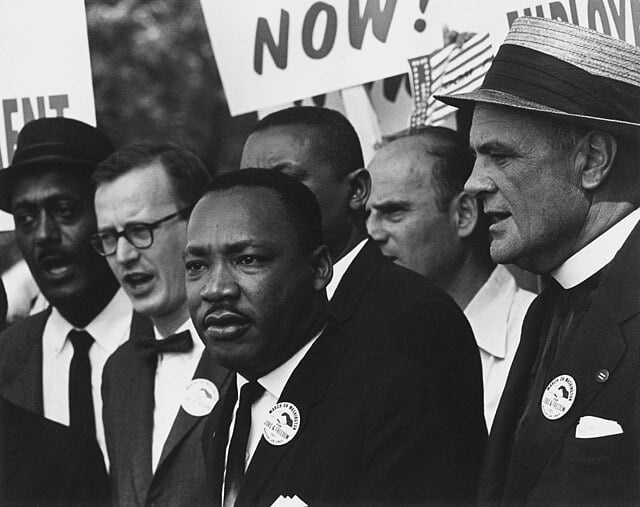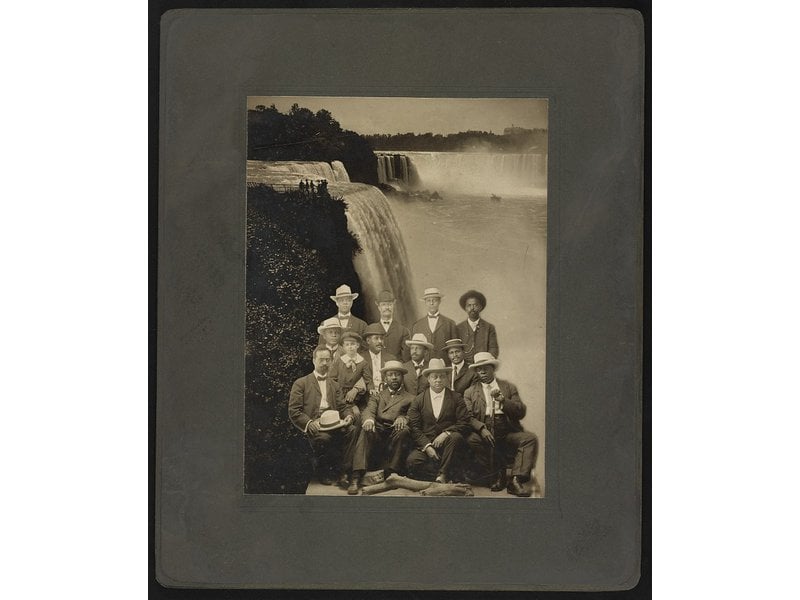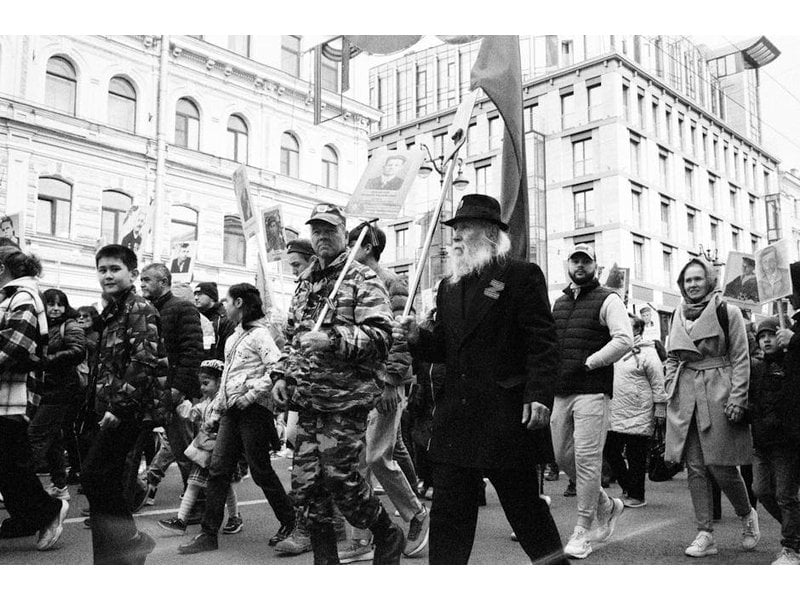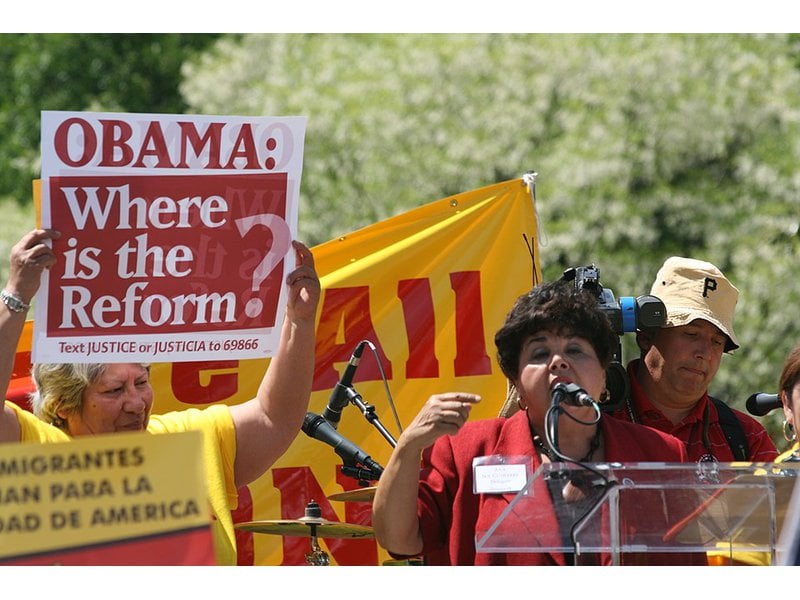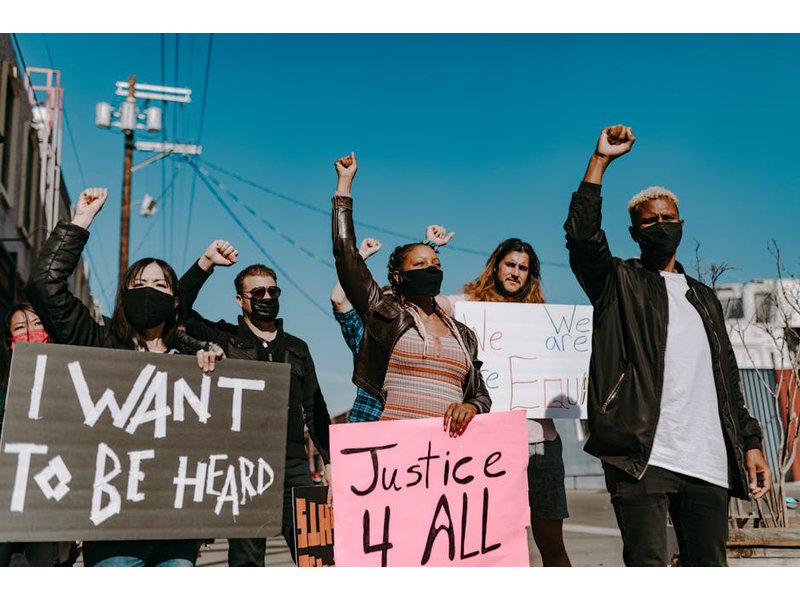055 social boycott
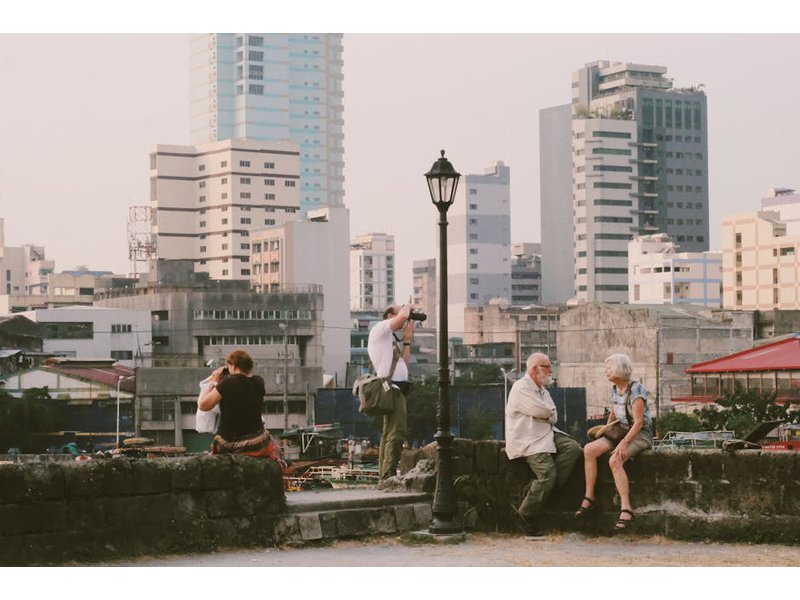
"The most common method in this class, the social boycott, is characterized by a refusal to continue usual social relations with a person or group of persons. Such refusal is also called ostracism. This term derives from the ancient Athenian practice in which citizens voted to send into exile (for ten years, and in a later period only five years) those persons who had become too powerful or popular. The citizens voted by writing the person’s name on tiles or on potsherds, called ostrakon; to banish by this practice was called ostrakizein."...
Potentially awesome partners
High scoring campaigns using this method
Historical cases from the Nonviolent Action Database that used this method
Bardoli peasants campaign against the Government of Bombay, 1928
The Bombay Government (through its Revenue Department) had, in 1927, enhanced the land revenue assessment in the Bardoli taluka (county) by a nominal 22 percent, which, when applied, amounted in some cases to as much as 60 percent enhancement. This t...
Garfield High School teachers in Seattle, Washington boycott Measures of Academic Progress (MAP) test, 2012-2013
Standardized testing in the United States dates back to the early 1900s, when the military issued standardized tests of intelligence to potential candidates for the armed services. In the 1970s, public school students began taking “high stakes” tests...
French West African railway workers strike for greater benefits, 1947-1948
In 1946, a general strike in Dakar (with the exception of railway workers) guaranteed wage increases, family allowances for government workers, the recognition of unions, the expansion of wage hierarchies, and bonuses for seniority. In 1947, 164 case...
Germans defend Ruhr Valley from French and Belgian invasion (Ruhrkampf), 1923
Following a loss in World War I, Germany was charged to pay reparations for their destructive role. The bill was $33 billion. Germany had been weakened by the war and paying the reparations at the rate in which they were due would have completely cri...
Kenyan Kamba tribe successfully resists colonial livestock control by the British, 1938
In the early 1900s livestock, often the currency of exchange, formed the foundation of the Kenyan Kamba tribe’s economy. A family’s herd size determined its wealth. As Britain colonized Kenya, this localized provisioning enabled the Kamba to remain r...
American colonials struggle against the British Empire, 1765 - 1775
The 13 English colonies in North America were established and grew during the 17th and 18th centuries. During most of this time, the colonists lived under what historians have termed “salutary neglect,” meaning that the English government mostly left...
Pashtuns campaign against the British Empire in India, 1930-1931
The Pashtuns are a Muslim group that occupied the North-West Frontier of British India, the area near present day Afghanistan. This area was occupied by the British in 1848 and divided into two areas. In one area, districts were established and made ...
Danish citizens resist the Nazis, 1940-1945
In 1940, at the brink of World War II, Denmark found itself declaring neutrality and cutting its troops in half. Despite this, the German war machine was not to be stopped. The German army invaded Denmark offering an ultimatum demanding submission. T...
Finns resist Russification, end conscription, regain elections, 1898-1905
For much of the nineteenth century, Finland was under Russian rule. This began in 1809 when Finland was made part of the Russian Empire. As part of the Russian Empire, Finland was autonomous in domestic policy but not foreign policy. Finland was allo...
British subjects on the Turks and Caicos Islands demand the removal of their governor, 1996
Turks and Caicos is a British Territory of 8 islands in the Caribbean with a formal population of approximately 15,000, mostly descendants of African slaves. England appoints a Governor to the island for a minimum of three years, but the islands also...
Low scoring campaigns using this method
Historical cases from the Nonviolent Action Database that used this method

